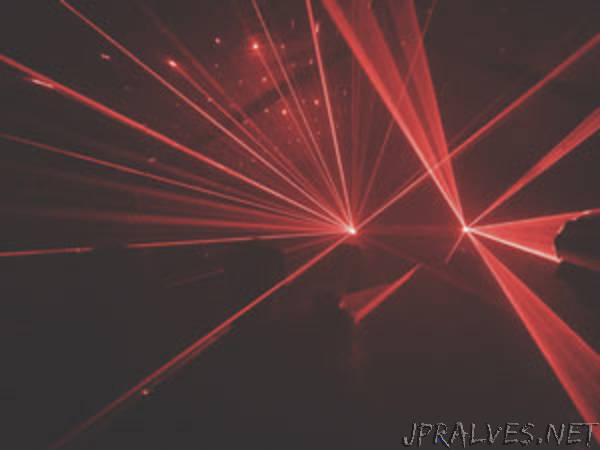
“Extremely short mid-infrared laser pulses will help scientists explore ultrafast processes in atoms
A laser synthesizer developed by an A*STAR researcher and his overseas collaborators produces infrared pulses shorter than the wave period, which could enable scientists to probe how electrons move inside atoms and solids. Importantly, these pulses are readily absorbed by many atoms and molecules because their wavelengths lie in the mid-infrared range.
Processes within atoms, such as electrons moving from one energy level to another, happen extremely quickly, on time scales of femtoseconds (10−15 second) or even attoseconds (10−18 second). Consequently, researchers need very short, high-power laser pulses to observe these events. One way to generate them is to shine highly intense, ultrashort infrared pulses on to nonlinear crystals.
Houkun Liang at A*STAR’s Singapore Institute of Manufacturing Technology and his colleagues in the United States and Germany realized they needed to rethink conventional approaches for generating ultrashort mid-infrared pulses.
“To get a pulse that is shorter than the wave period, you need a very broad spectral bandwidth,” explains Liang. “Previously, researchers had combined pulses with different spectral coverages to obtain such huge bandwidths, but this is extremely difficult. The relative phase and amplitude of the individual pulses have to be highly precisely controlled, which makes the laser system very complex because it requires a lot of noise-control apparatus.”
To simplify things, Liang and his colleagues used an optical parametric amplifier — a device that produces two pulses, which cover different spectral ranges and whose amplitudes and phases can be fixed relative to one another. The team constructed their amplifier to have a very short time delay between the two pulses, meaning they naturally combine into a wide-bandwidth pulse with no need for noise control. The resulting pulse could be made even shorter than the period of the wave because constructive interference occurs at its center, while destructive interference ‘trims’ the pulse at its edges.
Perhaps the most useful characteristic of these mid-infrared pulses is that when they are directed on to certain solids, they can stimulate the emission of higher energy photons in the deep-ultraviolet or extreme-ultraviolet regions. These higher energy photons can then be used to study the fastest processes inside atoms, which occur on attosecond scales. Liang’s team demonstrated this with their system by using the mid-infrared pulses to generate high-energy photons in thin silicon films.
“We are interested in using the pulse synthesizer to generate isolated attosecond electron pulses from different materials,” says Liang. These would allow observations of even faster processes within materials.
The A*STAR-affiliated researchers contributing to this research are from the Singapore Institute of Manufacturing Technology (SIMTech). “
